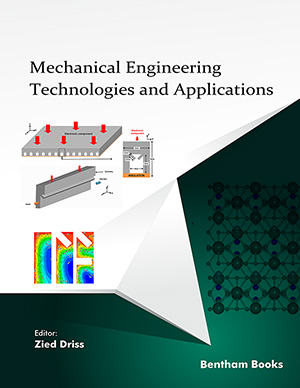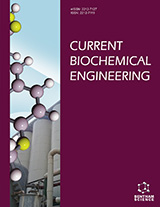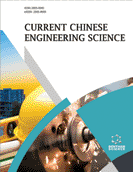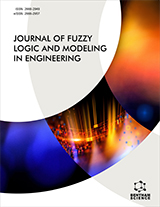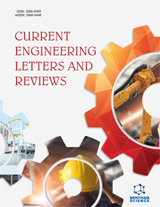Abstract
The main issue of internal combustion (IC) engines is efficiency. Engine
inlet systems should be carefully designed to provide an optimum flow to the cylinder.
Inlet manifold design is one of the ways to increase efficiency. This study focuses on
improving the inlet system of an LPG-H2 fueled engine by adding a static inclined
blade turbine. It is a horizontal rotational axis turbine with four blades evenly
distributed with an angle of inclination of 35°. Computational Fluid Dynamics (CFD)
simulations are used in order to capture the in-cylinder flow motion and its influence
on the flow characteristics. The method is assessed by application to flow calculations
in the intake manifold for 3000 rpm engine speed. The percentage of supplied
Hydrogen with LPG is equal to 20% in volume. The simulation results of in-cylinder
turbulence kinetic energy (TKE), velocity and swirl motion were presented and
discussed. Numerical results reveal significant improvements in the in-cylinder flow
velocity, in-cylinder swirl motion and turbulent characteristics using an inlet system
with a static swirling turbine (SST). Hence, this research found that by using a static
turbine, we can improve the in-cylinder flow characteristics of the CI engine running
with the LPG-20%H2 blend.
Keywords: Engine, Flow, Hydrogen, In-cylinder, Inlet system, LPG, Swirl device, Static turbine


